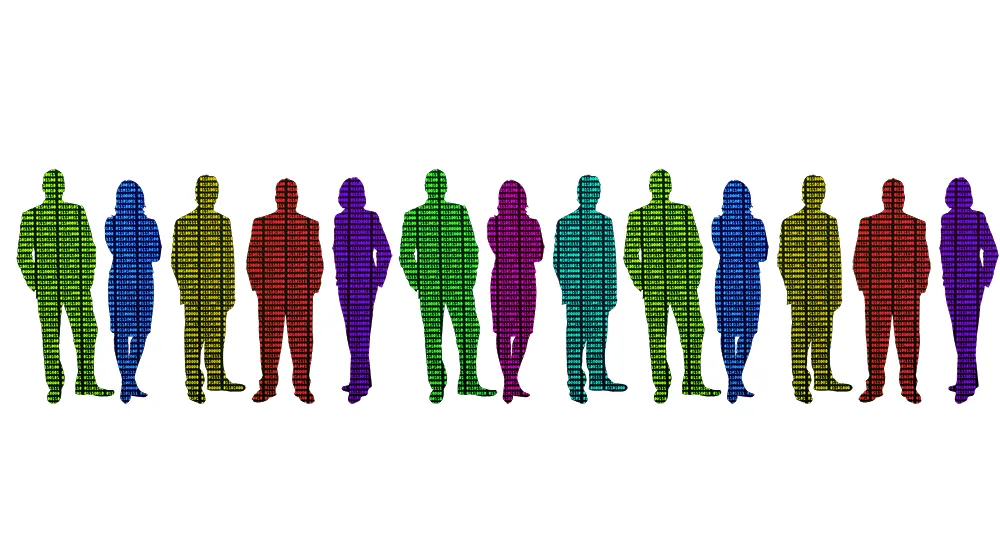Streamlining schedules, stops, fares, and passenger information among subways, buses and commuter rail, will make it easier for passengers, cut down on operational costs and boost operational revenue, according to a new World Bank paper published today, Public Transport Service Optimisation and System Integration.
The paper, which is part of the China Transport Notes Series produced by the World Bank in Beijing to share experiences about the transformation of the Chinese transport sector, claims lack of
April 9, 2015
Read time: 3 mins
Streamlining schedules, stops, fares, and passenger information among subways, buses and commuter rail, will make it easier for passengers, cut down on operational costs and boost operational revenue, according to a new World Bank paper published today, Public Transport Service Optimisation and System Integration.
The paper, which is part of the China Transport Notes Series produced by the World Bank in Beijing to share experiences about the transformation of the Chinese transport sector, claims lack of integration in the public transportation system has long been a major complaint in passenger satisfaction surveys. To reach a destination, for example, a rider is often forced to take multiple routes, each with different schedules and transfer stations but without coordination on passenger information. As a result, the passenger may have to take a long walk to make transfers and pay multiple fares. It also creates overlapping services and discourages ridership, according to the paper.
“Public transport runs efficiently when it operates as a seamless, integrated system. This is particularly important in fast-urbanising economies such as China and India, where public transport must increasingly compete with privately-owned cars,” said Ke Fang, a lead urban transport specialist of the World Bank and co-author of the paper.
The paper discusses key issues in public transport integration and how to address them based on good international practices. Public transport integration, the paper argues, should address factors from origin to destination to make sure passengers are safe and comfortable during their entire journey.
Network integration involves modifying the various parts to minimise route duplication and transfer requirements. An integration of schedules means all routes serving a particular stop or terminal are in operation during the same hours, so that no rider is left “stranded.” Coordination is particularly needed to minimise the transfer time for less-frequently used routes connecting at the same transfer station.
In addition, fare setting and payments should be convenient for passengers. An integrated electronic fare payment system, for example, can charge by distance or time, regardless of the number of transfers passengers make. It also allows different public transport operators to divide their revenues equally according to the distance travelled in a particular transport type.
It’s also important to provide comprehensive, easy-to-understand, and easy-to-access trip planning information, according to the paper. This information should be made available for users at home, work or school, buses and trains, and at terminals and transfer stations.
The paper, which is part of the China Transport Notes Series produced by the World Bank in Beijing to share experiences about the transformation of the Chinese transport sector, claims lack of integration in the public transportation system has long been a major complaint in passenger satisfaction surveys. To reach a destination, for example, a rider is often forced to take multiple routes, each with different schedules and transfer stations but without coordination on passenger information. As a result, the passenger may have to take a long walk to make transfers and pay multiple fares. It also creates overlapping services and discourages ridership, according to the paper.
“Public transport runs efficiently when it operates as a seamless, integrated system. This is particularly important in fast-urbanising economies such as China and India, where public transport must increasingly compete with privately-owned cars,” said Ke Fang, a lead urban transport specialist of the World Bank and co-author of the paper.
The paper discusses key issues in public transport integration and how to address them based on good international practices. Public transport integration, the paper argues, should address factors from origin to destination to make sure passengers are safe and comfortable during their entire journey.
Network integration involves modifying the various parts to minimise route duplication and transfer requirements. An integration of schedules means all routes serving a particular stop or terminal are in operation during the same hours, so that no rider is left “stranded.” Coordination is particularly needed to minimise the transfer time for less-frequently used routes connecting at the same transfer station.
In addition, fare setting and payments should be convenient for passengers. An integrated electronic fare payment system, for example, can charge by distance or time, regardless of the number of transfers passengers make. It also allows different public transport operators to divide their revenues equally according to the distance travelled in a particular transport type.
It’s also important to provide comprehensive, easy-to-understand, and easy-to-access trip planning information, according to the paper. This information should be made available for users at home, work or school, buses and trains, and at terminals and transfer stations.










